Electrical Resistance Standard
Introduction
Electrical resistance standard is a device or instrument used to establish a known level of resistance in electrical circuits. These standards are critical in the calibration and testing of electrical equipment, ensuring accuracy and consistency in measurements. The standards are often used in laboratories, industries, and research institutions to provide a reference point for measurements and calibrations 1(https://www.nist.gov/pml/div683/grp01/resistance-standards).


History
The concept of electrical resistance was first introduced by Georg Simon Ohm in 1827, who discovered that the current passing through a conductor between two points is directly proportional to the voltage across the two points. This relationship is now known as Ohm's law, and it laid the foundation for the development of electrical resistance standards 2(https://www.britannica.com/biography/Georg-Simon-Ohm).
In the early 20th century, the National Bureau of Standards (NBS) in the United States began developing resistance standards. The NBS used a system of coils made from manganin, a copper-manganese-nickel alloy known for its stability and low temperature coefficient of resistance. These coils were maintained at a constant temperature and used as the primary resistance standard 3(https://www.nist.gov/pml/div683/grp01/history-resistance-standards).
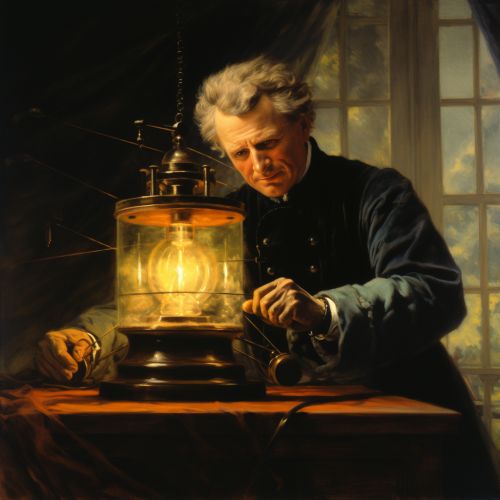
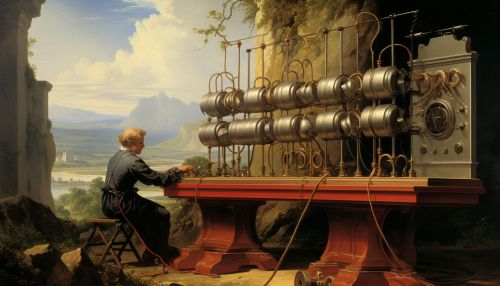
Types of Electrical Resistance Standards
There are several types of electrical resistance standards, each with its unique characteristics and applications. These include:
Fixed Resistance Standards
Fixed resistance standards are devices that provide a constant resistance value. They are typically made from materials with low temperature coefficients, such as manganin or constantan, to ensure stability over a range of temperatures. Fixed resistance standards are often used in calibration laboratories and industrial settings 4(https://www.ietlabs.com/pdf/Datasheets/RS_Series.pdf).
Variable Resistance Standards
Variable resistance standards, also known as decade resistance boxes, allow for the selection of multiple resistance values. These devices use a series of switches to select different resistors, providing a wide range of resistance values. Variable resistance standards are commonly used in educational settings and for equipment testing and calibration 5(https://www.ietlabs.com/pdf/Datasheets/Decade_Boxes.pdf).
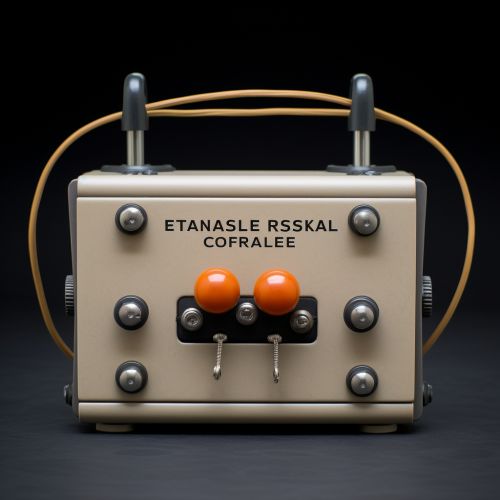
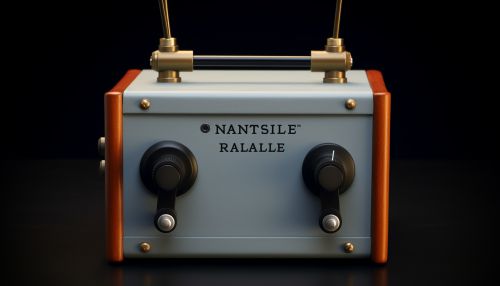
Quantum Hall Resistance Standards
The quantum Hall effect provides a highly accurate resistance standard. When a two-dimensional electron system is subjected to a strong magnetic field at very low temperatures, the Hall resistance exhibits plateaus that are precisely quantized. These quantized values are used as resistance standards, known as quantum Hall resistance standards. These standards are used in national metrology institutes for the realization of the ohm 6(https://www.nist.gov/pml/div683/grp01/quantum-hall-resistance-standard).
Calibration of Electrical Resistance Standards
Calibration of electrical resistance standards is a critical process to ensure their accuracy and reliability. The calibration process involves comparing the output of the standard to a reference standard with a known and traceable resistance value. This comparison is typically performed using a Wheatstone bridge or a similar device 7(https://www.nist.gov/pml/div683/grp01/calibration-resistance-standards).
Applications of Electrical Resistance Standards
Electrical resistance standards have a wide range of applications in various fields. They are used in:
Calibration Laboratories
In calibration laboratories, electrical resistance standards are used to calibrate and verify the accuracy of resistance measuring instruments, such as multimeters, ohmmeters, and Wheatstone bridges 8(https://www.nist.gov/pml/div683/grp01/calibration-laboratories).
Research and Development
In research and development, electrical resistance standards are used to provide accurate and precise measurements. They are often used in experiments involving electrical circuits, materials testing, and development of new technologies 9(https://www.nist.gov/pml/div683/grp01/research-and-development).
Industrial Applications
In industrial applications, electrical resistance standards are used to ensure the accuracy and consistency of electrical equipment. They are used in the calibration of industrial instruments and in quality control processes 10(https://www.nist.gov/pml/div683/grp01/industrial-applications).
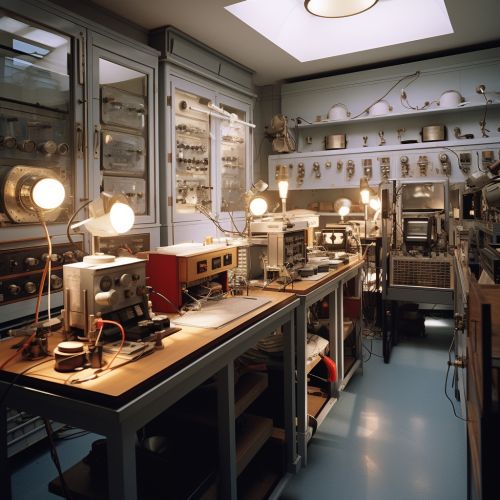

See Also
- Ohm's Law
- Georg Ohm
- National Institute of Standards and Technology
- Quantum Hall Effect
- Wheatstone Bridge
- Multimeter
- Ohmmeter
